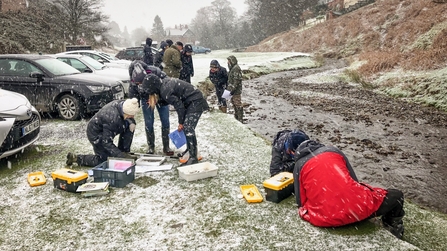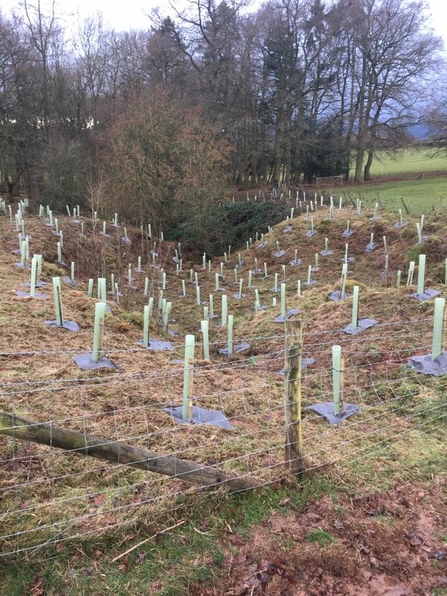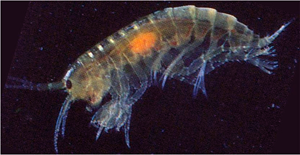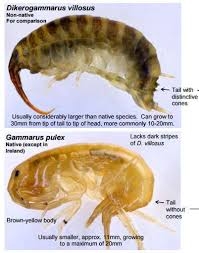Rivers Team January 2019 Project Update!
The Rivers Team have hit the ground running this year- whether that be the huge amount of interest in our River Health Training Programme or planting hedges and trees to Slow The Flow. Read our project overviews to find out more!





